Koerner, Ray And Glover “Lots More Blues, Rags And Hollers”
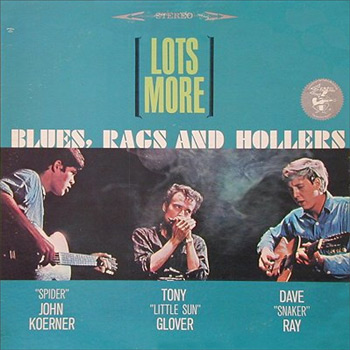
Imitation may be the sincerest form of flattery, but when white musicians decided to copy and adapt
black popular music forms in the nineteen-fifties and early sixties the result was all too often insipid,
sanitised shades of what had been urgent, emotive works. Fortunately there were exceptions:
Koerner, Ray And Glover may have been to all intents and purposes a white Sonny Terry And
Brownie McGee, but their version of the acoustic blues and plantation folk music was no less brash,
enthusiastic and full of energy than that of Sonny and Brownie.
Spider John Koerner, whose nickname allegedly derived from his being built like a harvestman
and walking like one, was an early reviver of the acoustic country blues and acapella field hollers
largely abandoned by the classic black bluesmen when they moved north from the Delta and
embraced electricity. Adeptly picking his weapon of choice, a seven-string non-resonator National
with an octave G string, and singing in a clear, powerful, distinctly non-black voice, engineering
student Koerner developed his catalogue of Leadbelly and similar covers and upbeat, lyrically witty
originals in the coffee houses around the University of Minnesota, frequently performing alongside
a teenage Bob Dylan (who compliments Koerner in Chronicles, Volume One). Encountering fellow
undergrads Snaker Dave Ray, who fingered a rare and mean Martin twelve-string and sang like
Muddy Waters, and Tony Little Sun Glover, a then unusual white exponent of blues harmonica, the
trio became official in time to benefit from the explosion of interest in authentic white folk music
around 1962.
Their first album, Blues, Rags And Hollers, appeared in a limited vanity run in June 1963 and was
quickly snapped up by Elektra for national distribution. The threesome had taped forty songs in one
twelve-hour session, recording as individuals, as duos (either Koerner or Ray with Glover) and just
occasionally as a trio, and when these were trimmed to twenty the resulting record was raw, gutsy,
one-take, down-home acoustic music, its jug-band feel propelled by Koerner’s favoured percussion
instrument, his foot, crisply recorded with plenty of reverb. The second album, Lots More Blues,
Rags And Hollers, appeared a year later. After a third and final collection, The Return Of, in 1965,
the group bowed to the inevitable decline in the popularity of unamplified folk music following the
British Invasion and went their separate ways.
It’s been said that the intensity of Lots More is rather less than that of the debut, but to my ears
the record displays more mature musicianship, classier songs and considerably more originality
in the performances, and thus it’s my preferred platter. Outstanding are Koerner’s solo Whomp
Bom which highlights his outstanding seven-string dexterity and distinctive vocal; the cover of
Muddy’s Honey Bee in which Glover’s buzzing, stinging harp wonderfully complements Ray’s
relaxed vocal and throbbing guitar; and Fine Soft Land on which Ray picks an astonishing riff with
a bottleneck on his twelve-string (only Leo Kottke comes close). Both albums are currently available
individually, augmented with bonus tracks, or as a twofer without the extras. The latter includes a
top-quality insert booklet with the original extensive liner notes plus a fine new retrospective.
Unexpectedly, I recently discovered in a charity shop a private-label reunion album the three players
had cut in 1996: One Foot In The Groove. The style hasn’t changed much; the heads are greyer,
the voices hoarser, but the enthusiasm is still audible in the songs and the twelve-strings chime as
sweetly as ever.
“Honey Bee”
![]() CD Reissue | 1999 | Red House | order here ]
CD Reissue | 1999 | Red House | order here ]
![]() Original Issue | 1964 | Elektra | search ebay ]
Original Issue | 1964 | Elektra | search ebay ]
![]() MP3 Album | download here ]
MP3 Album | download here ]
Also Recommended

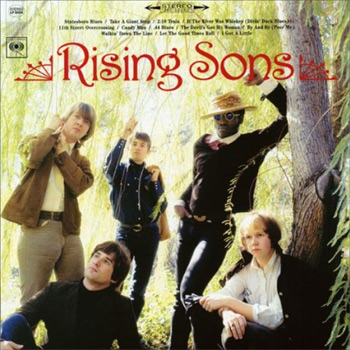
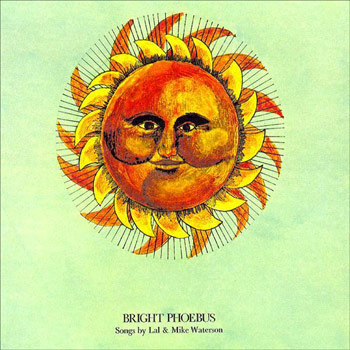
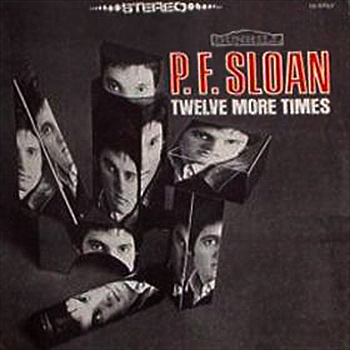
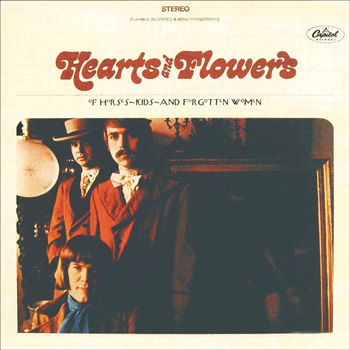
Being from Minnesota, these names were always pretty prominent in the coffeehouse and bar scene around town. I also bought “One Foot In The Groove” when it came out and it was like they were just picking up where they left off. Have always enjoyed them, and all the solo stuff too. It’s nice to see this music becoming so popular again. The “Americana/Roots” scene is alive and thriving. Thanks for the memories, and as always, a great post!
LMBRAH was a liberating record to us in Raleigh, NC in 19-whatever. That these guys, who didn’t seem that much older than we were, could do these songs with so much soul and energy made us think we could do it too. So, we did. They never tried to sing or play any particular way, it didn’t seem, with the only qualifier being what made the song as happening as possible.
This is Tommy Goldsmith from Raleigh, who went on to a long career in music and journalism, and got into KR&G when I was maybe 14 with my friend Steve Runkle, who died in 2001, but not before creating wonderful, soulful songs and a style with many roots, but among whom Koerner, Ray and Glover were high on the list. Olney, was a fan too, I know.
God bless KR&G for their fearlessness. Isn’t that really what it takes?